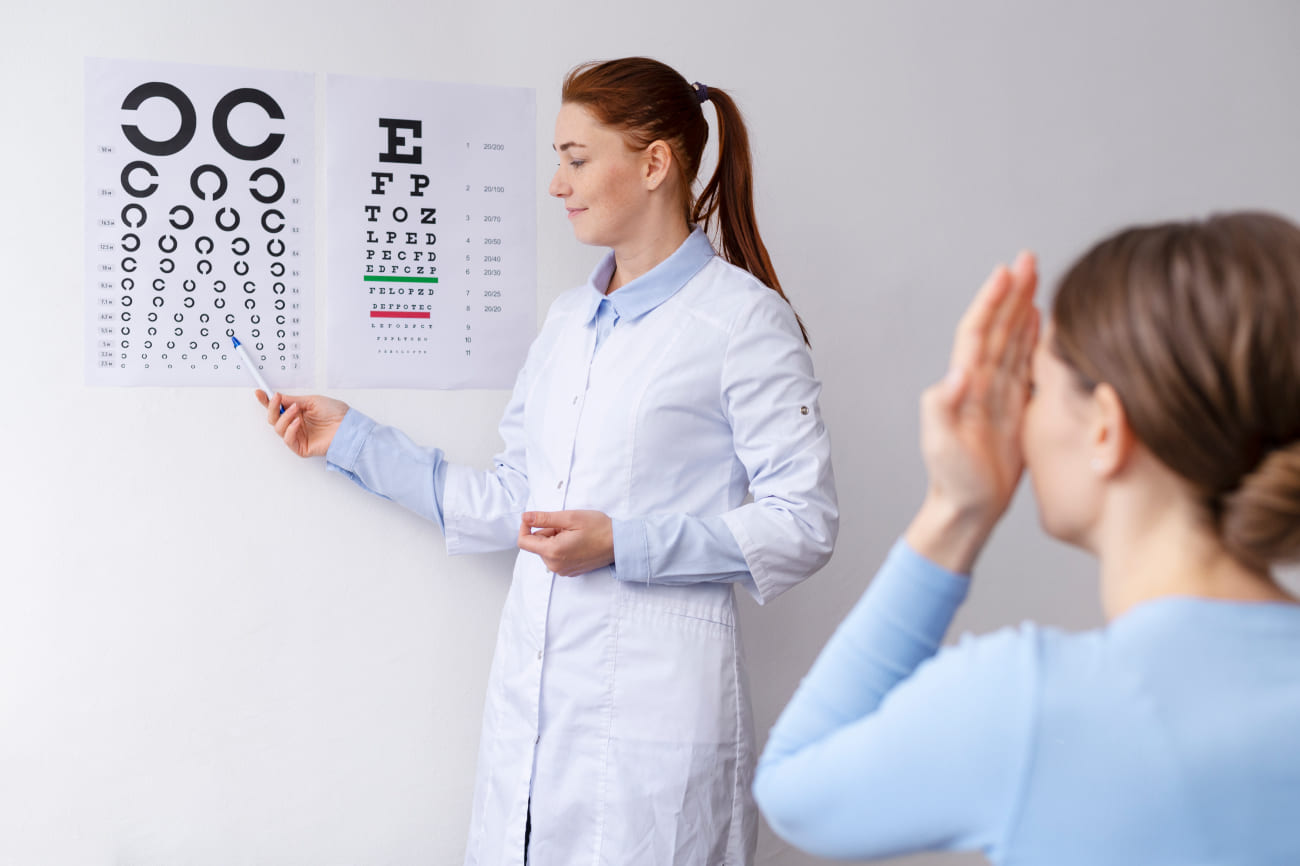
Importance of Vision Test and Its Different Types
Good vision is essential for your overall quality of life, from performing day-to-day activities to enjoying recreational moments. However, many people often overlook the importance of regular vision tests until they experience noticeable issues.
Vision tests are crucial for maintaining eye health, whether for sharper focus at work, better depth perception while driving, or early detection of eye diseases. This blog explores why vision tests matter and the various types available to meet your requirements.
-
Why Are Vision Tests Important?
Vision tests are far more than just identifying whether you need glasses or contact lenses. These assessments are designed to detect underlying eye problems that could affect your eyesight in the long term. Regular eye exams can catch problems like glaucoma or macular degeneration early when they’re most treatable. They also provide insights into overall health conditions such as diabetes and hypertension, often manifest as eye changes.
Another important aspect of vision tests is that they can enhance your daily life. Clear vision impacts performance at work and school, ensures safety while driving, and even improves leisure activities such as reading or sports. Prioritizing annual eye exams can help optimize your productivity and life enjoyment by ensuring your eyes remain in top condition.
-
Common Types of Vision Tests
There are several types of vision tests, each serving a specific purpose. Here’s a breakdown of the most common ones to give you a clearer understanding:
-
Refraction test
The refraction test is primarily used to calculate your need for corrective lenses like glasses or contact lenses. During this examination, an optometrist uses a phoropter or an autorefractor to determine whether you are nearsighted, farsighted, or have astigmatism. By identifying the exact refractive error, the test ensures that any eyewear you get is tailored to give you the clearest vision possible.
-
Color vision test
A color vision test assesses your ability to differentiate between various shades and colors. This test is especially important if your work involves tasks requiring accurate color perception, such as graphic design or electrical work. It can also help in diagnosing conditions like color blindness or eye diseases that affect the retina.
-
Peripheral vision test
This test checks your side vision or field of vision, which is essential for activities like driving. Peripheral vision issues can indicate serious eye health problems, such as glaucoma or retinal detachment. By catching these issues early, treatments can often prevent permanent vision loss.
-
Slit-lamp examination
A slit-lamp exam is a more detailed test used to observe the structures of your eye under high magnification. The optometrist examines your cornea, iris, lens, and retina to spot any issues, ranging from scars to cataracts. This test is vital for diagnosing less obvious but potentially serious eye conditions.
-
Tonometry
Tonometry measures the pressure inside your eye to check for glaucoma. The health and balance of the eye’s internal pressure are critical for maintaining optimal eye function. This test is quick and painless, conducted through a puff of air or a specialized probe.
-
While eye tests are crucial, staying proactive between your appointments is equally important. Eat a balanced diet rich in vitamin A, wear sunglasses to protect your eyes from UV rays, and take regular screen breaks to prevent digital eye strain.
